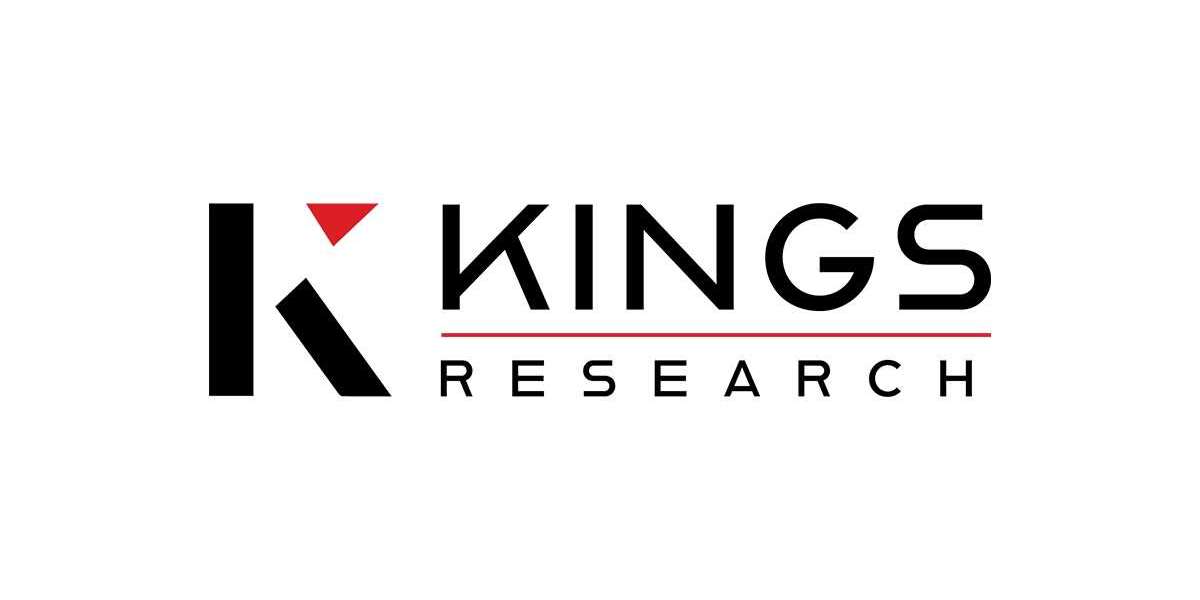A new market analysis highlights the rapid expansion of the global plant asset management (PAM) market, with projections indicating a substantial increase from USD 8.47 billion in 2023 to an estimated USD 23.20 billion by 2031. This robust growth is anticipated to occur at a Compound Annual Growth Rate (CAGR) of 13.64% over the forecast period of 2024-2031. The market value is estimated to be USD 9.48 billion in 2024. This significant surge is primarily driven by the escalating need for optimizing industrial processes, the widespread adoption of Industry 4.0 initiatives, and a growing focus on maximizing operational efficiency and minimizing downtime across various end-use industries.
Read Complete Report Details: https://www.kingsresearch.com/plant-asset-management-market-1897
The comprehensive report analyzes the global plant asset management market, segmenting it by component (solutions, services), by deployment (on-premises, cloud), by asset type (production assets, automation assets), by end-use industry (Energy and Power, Oil and Gas, Manufacturing, Automotive, Others), and regional analysis. This detailed segmentation provides valuable insights into the market's dynamics and emerging trends.
Key drivers fueling the market's expansion include:
- Increasing Need for Operational Efficiency and Productivity: Industries are under constant pressure to maximize output, reduce costs, and enhance the lifespan of their critical assets. PAM solutions provide the tools for real-time monitoring, predictive maintenance, and data-driven decision-making, directly addressing these needs.
- Growing Adoption of Industry 4.0 Technologies: The integration of the Internet of Things (IoT), Artificial Intelligence (AI), machine learning (ML), and cloud computing with PAM systems is revolutionizing asset management. These technologies enable more sophisticated monitoring, predictive analytics, and remote asset management, driving market growth.
- Focus on Predictive and Proactive Maintenance: Shifting from reactive to predictive maintenance strategies is a major driver. PAM solutions allow businesses to anticipate equipment failures, schedule maintenance proactively, and reduce costly unplanned downtime, thereby improving overall equipment effectiveness (OEE).
- Regulatory Compliance and Safety Standards: Stricter industry regulations and safety standards necessitate robust asset management practices. PAM systems assist organizations in ensuring compliance, reducing risks, and enhancing safety in industrial environments.
- Digital Transformation and Industrial Automation: The ongoing digitalization across industrial sectors, coupled with the increasing adoption of automation technologies like robotics, requires effective management of complex assets to ensure smooth and continuous operations.
The report also highlights key market trends:
- Dominance of Solutions Component: The solutions segment, including asset lifecycle management, predictive maintenance, work order management, and inventory management, is expected to continue holding the largest market share due to its foundational role in optimizing asset performance.
- Highest Growth in Services Component: The services segment, encompassing professional and managed services, is projected to exhibit the fastest growth, driven by the increasing need for customized implementations, ongoing support, and expert guidance for complex PAM systems.
- Rising Adoption of Cloud-Based Deployment: The cloud segment is experiencing rapid growth and is expected to dominate the market due to its scalability, flexibility, cost-effectiveness (reducing upfront investments), and enabling real-time data processing and accessibility.
- Production Assets Leading the Market: Production assets, such as motors, rotating equipment, and process machinery, are critical to manufacturing and industrial operations. The need to maximize their efficiency and minimize disruptions drives the demand for PAM solutions in this segment.
- Automation Assets to Exhibit High Growth: With increasing automation across industries, the management of automation assets (e.g., field devices, control valves) is becoming crucial, leading to a high CAGR in this segment.
- Energy and Power, and Manufacturing as Key End-Users: The Energy Power sector held the largest revenue share in 2023, due to its capital-intensive nature and reliance on complex infrastructure. The Manufacturing sector is also a significant and rapidly growing end-user, driven by the continuous need to increase operational efficiencies and reduce costs.
- North America and Asia-Pacific Leading Regional Growth: North America currently leads the market due to early adoption of advanced technologies and strong Industry 4.0 initiatives. Asia-Pacific is projected to be the fastest-growing region, fueled by rapid industrialization, increasing investments in manufacturing, and a growing emphasis on process optimization in countries like India and China.
This report offers a strategic overview of the global plant asset management market, providing valuable insights for software providers, service providers, industrial manufacturers, technology integrators, and investors seeking to capitalize on the increasing demand for intelligent asset optimization solutions.



